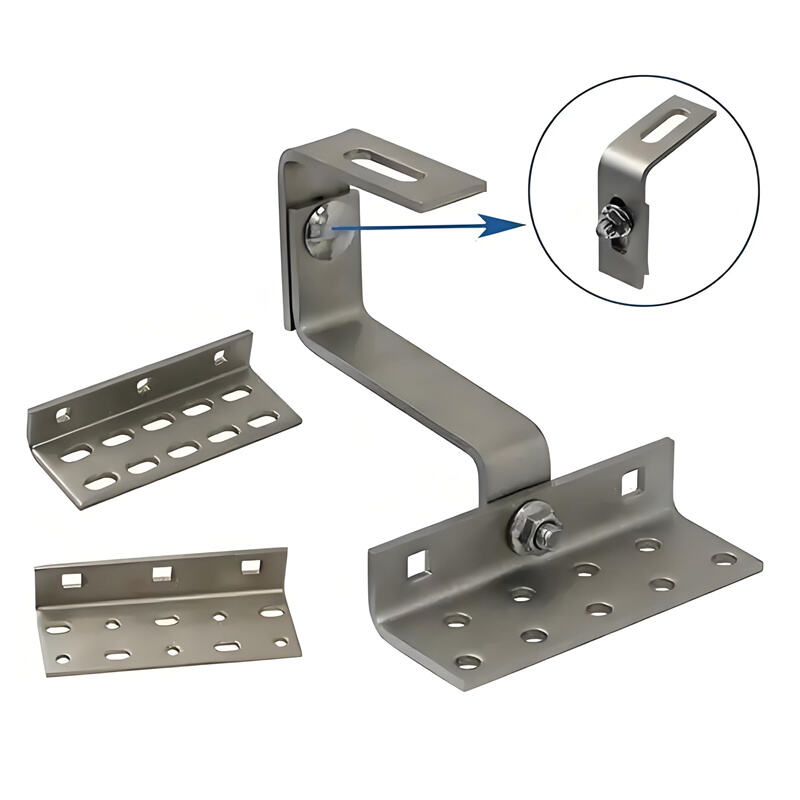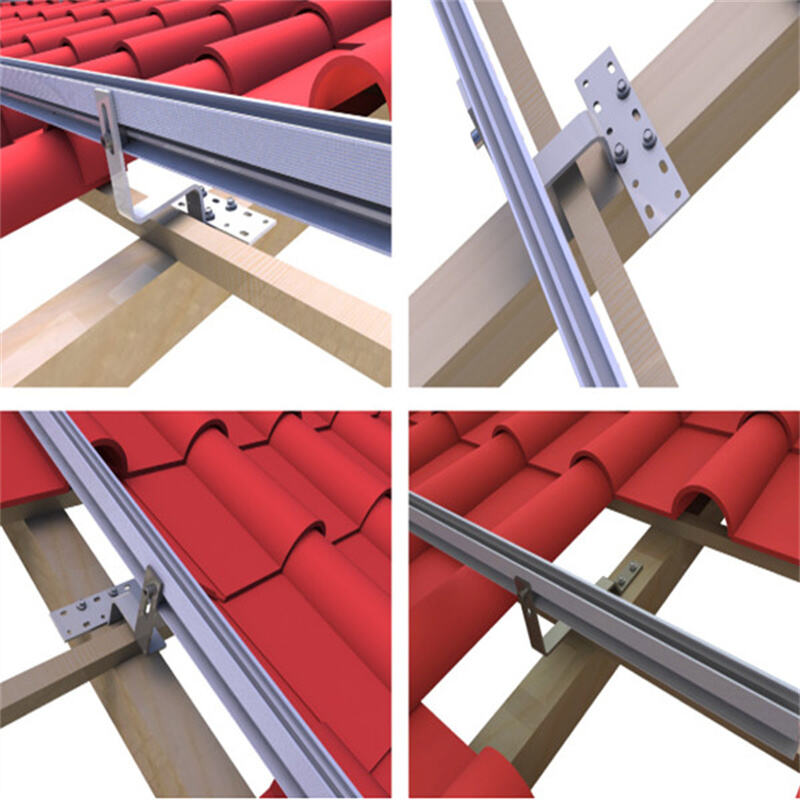Solar panel mounting systems are necessary for installing solar panels. They’re designed to keep the panels in place so that they can catch the energy of the sun and convert it into electricity. The best mounting system, without doubt, helps in handling the solar power, or if worse comes to worst they could get damaged.
The mounting system also contributes to the overall safety of the solar panels themselves. If the panels are not mounted properly, they could shift in the wind or harsh weather, decreasing the amount of energy they create. A solid mounting system ensures the panels will stay where they need to be, oriented toward the sun so they can work their best.
There are several options to consider: Picking a Solar Panel Mounting System. Different projects might even require different sorts of mounting systems. That varies based on factors like the size of the solar panels, what kind of roof they will be mounted on and weather in the area. The mounting system you select should be suitable for your project so your solar panels can operate effectively.

Mounting a solar panel array can be difficult, but its worth it if you do it right. One, the mount has to be tightly connected to the roof. Solar panels are then secured to the mounting system with special brackets. Finally, the system has to be validated to ensure everything is operating properly. This job requires careful planning and meticulous detail.

One way to make sure your solar panels are performing at their best is to tailor your mounting system. By adapting the mounting to your design you can make sure the panels are stationary and doesn’t shade each other, and that the panels are aligned to get the most sunlight. It can help increase the amount of energy that your panels make, which can make a difference in your electricity bill over time.

Read More A versatile mounting system, it can be used throughout the home and with various solar panels. That’s crucial, because it will ease the installation, and maintenance, of the panels. It also means the mounting system can function in various weather or on varied roofs. By and large, an adaptable mounting system can simplify the process and reduce the cost of configuring solar panels.